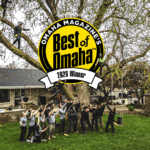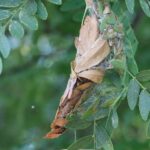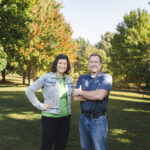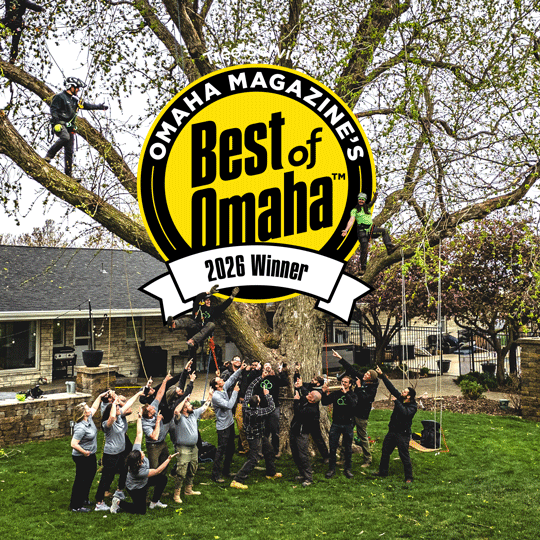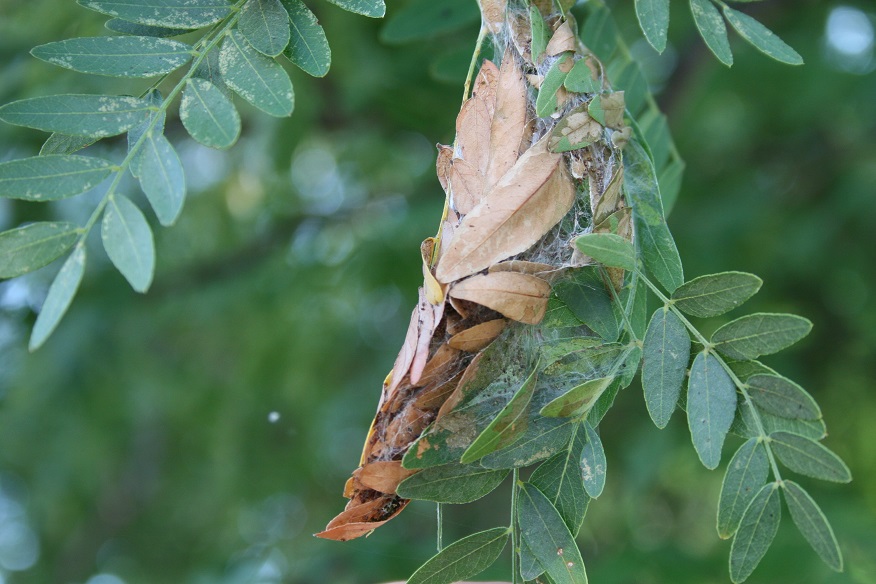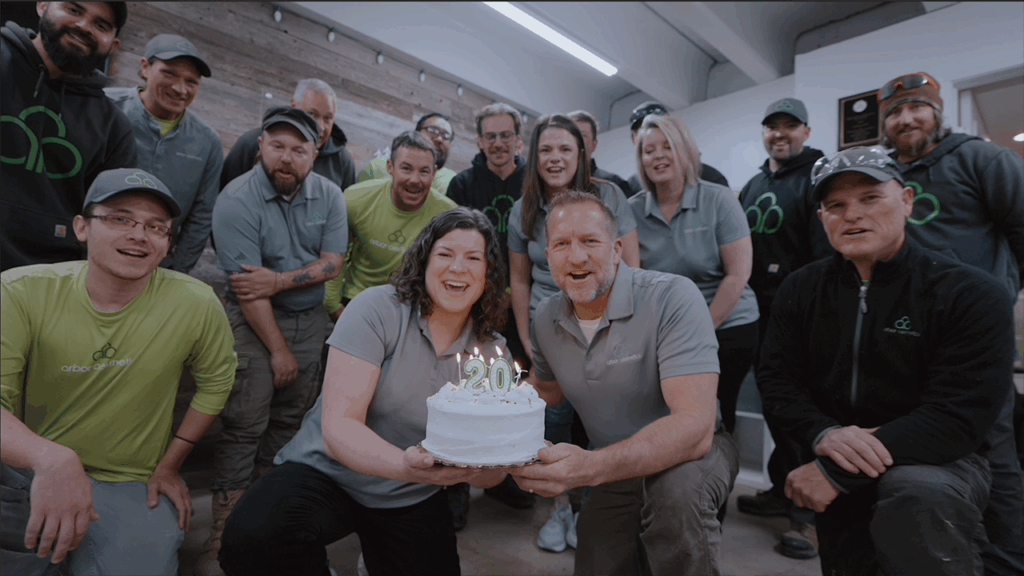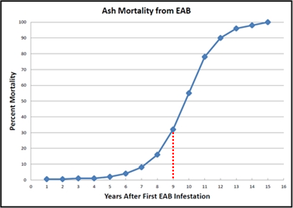 Source: https://www.cityofomaha.org/latest-news/931-homeowners-encouraged-to-remove-ash-trees
Source: https://www.cityofomaha.org/latest-news/931-homeowners-encouraged-to-remove-ash-trees
Since the discovery of the emerald ash borer (EAB) in Omaha in 2016, our ash tree populations have faced significant challenges. As of 2023, ash trees make up 14% of Omaha’s urban forest. A lot is at stake to maintain our city’s tree canopy. This invasive species has posed a severe threat to the health and longevity of ash trees within our community. We’d like to provide you with an update on the current state of our ash trees, informed by the latest research and treatment advancements.
Current Mortality Rates and Predictions
Upon the arrival of the emerald ash borer, extensive research predicted a near-total mortality rate for untreated ash trees within a decade of infestation. At year 9, it is estimated that 30% of untreated ash trees will die. In year 10, 55% will die, and in year 11, 80% will die. Reflecting on these predictions in 2024, it is clear that the impact on our local ash population has been substantial. However, it is crucial to note that with proactive management and treatment strategies, there is potential to mitigate further loss.
Advancements in Trunk Injection Treatments
One of the most promising developments in the fight against EAB is the utilization of trunk injection treatments. This method, which involves the direct injection of insecticide into the trunk of the tree, targets the pest effectively and minimizes collateral damage to the surrounding environment.
Recent scholarly research underscores several findings regarding trunk injections:
- Efficacy: Trunk injections have been consistently effective in preventing and treating EAB infestations, with certain treatments offering protection for up to two years.
- Optimal Timing: The timing of the treatment is pivotal for its success. The optimal period for application is during spring or early summer when the trees are in an active growth phase, ensuring the systemic spread of the insecticide.
Our Commitment
We urge our clients and the community to engage with us in proactive tree management efforts. Early detection and intervention are key components in the successful preservation of our ash trees. We are committed to educating our clients and providing honest assessments of the viability of their trees.

